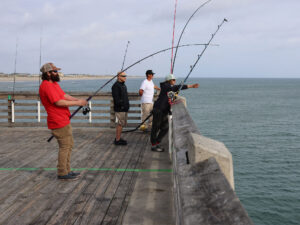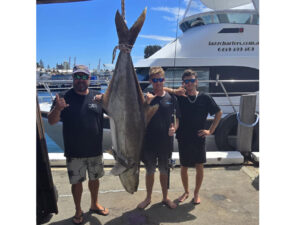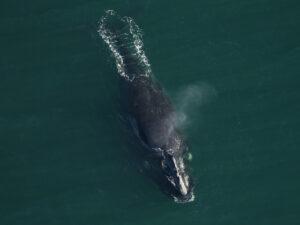
A new study by the FISH Safety Foundation maintains that more than 100,000 fishing-related deaths occur each year, reports The Pew Charitable Trusts, which funded the study. The fishing death numbers are somewhat shocking and are several times larger than previous estimates.
Illegal, unreported and unregulated (IUU) fishing is believed to be the driving factor in many of the fishing deaths, often in impoverished nations where record keeping is lacking and mortalities from fishing are unavailable.
According to the FISH study, there are many barriers preventing accurate fishing deaths from being recorded globally. These include lack of data gathering and sharing by governments, inconsistencies in reporting, and limited death data on subsistence and IUU fishing. Further, according to FISH, many governments have insufficient resources to collate information on fishermen mortality.
According to the Food and Agriculture Organization of the United Nations (FAO), more than 3 billion people rely on fish and other marine species as a significant source of food, and that number will rise. As seafood demand increases worldwide, fishing is destined to become even more dangerous without accountability by international fisheries managers.
The FISH study is extensive, with a wide collection of data compiled to determine their report of 100,000 fishing-related human deaths annually. Some of that information is eye-opening, especially to American anglers who enjoy safe family fishing in their home coastal waters.
Here is just some of the reported FISH data:
The 22-member States of the Ministerial Conference on Fisheries Cooperation Among African States Bordering the Atlantic Ocean have a yearly fatality rate of about 1,000 per 100,000 fishermen – over 12 times the rate used for its most recent global estimate of fisherman deaths. The region is a hotbed of IUU fishing, carried out by both distant-water and local fleets.
Contributing to the region’s high fisherman mortality rate are deaths within the sizable subsistence fishing fleet, where boats have limited safety, navigation, and communications equipment and are also run over by industrial vessels fishing relatively close to shore.
FISH researchers estimated there are more than 20 million fishermen working throughout Sri Lanka, India, and Bangladesh. In Myanmar, fishermen on rafts – bamboo platforms of about 100 square feet – land as much as 80 percent of the country’s fish. Raft working conditions can be dire. Many fishermen become malnourished due to lack of fresh food and water, and there is little access to medical care.
The FISH study combined recorded the region’s fatalities with the number of individuals reported lost at sea and hospital and police records to estimate that fisher death rates may be as high as 690 per 100,000 annually.
The FISH study also describes extremely high fishermen mortality on the largest seven lakes in Africa, some of the Pacific Island nations, and in parts of Central America.
The study provides evidence of fishing-related deaths on a much larger scale than previously believed, and across diverse regions, from marine to freshwater, and from the high seas to coastal waters.
It concludes with a broad appeal to governments and concerned organizations to increase fishing oversights, safety mandates on fishing fleets and for nations to close gaps for IUU fishing and improve existing regulatory frameworks.
This oversight should ensure transparent reporting and information sharing on fishing related deaths and injuries, and establish an accessible and universal repository for fishing safety data that all countries may contribute to.
This effort would provide critical data necessary for governments to better target their policies and practices to protect people and communities, FISH contends.








